The seventh month of pregnancy
Now there are only a few weeks left and you probably can’t wait to hold your baby in your arms. Kicks and punches are no longer a rarity for you and your body is also preparing for the birth with the so-called Braxton Hicks contractions.
This Is What Happens to Your Baby in the Seventh Month of Pregnancy
Every day you look in the mirror and see that you will soon be a mother, because your belly is getting bigger and bigger. And that’s no wonder, because compared to the last month of pregnancy, your baby has experienced a real growth spurt in the seventh month of pregnancy. In the 25th week of pregnancy, your baby is about 34 centimeters tall and weighs 700 grams. A few weeks later – from the 28th week – your baby is already between 37 and 38 centimeters tall and weighs a good kilogram.
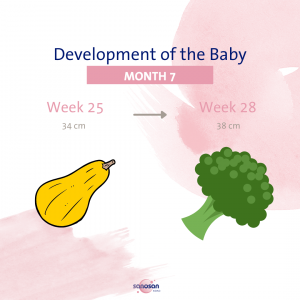
In addition to growth, your baby already perceives much more and responds to external stimuli with movements. Because these movements are not only clearly noticeable from the inside, but also from the outside, you can, for example, place your partner’s hand on your belly. In this way, you can perceive the movements together.
The baby’s sense of taste is also developing. From the seventh month of pregnancy, your baby takes small sips of the amniotic fluid and tastes its different aromas. During this process, your baby can taste what you, as the expectant mother, are eating – this is how your baby tests out its own sense of taste.
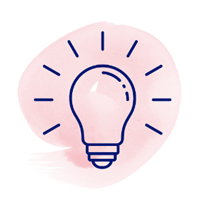
Surfactant Factor – In addition to the sense of taste, your baby makes what is called surfactant factor – a substance that supports the vital unfolding of the alveoli during the first breath.
Symptoms of You as an Expectant Mom in the Seventh Month of Pregnancy
At the latest now not only your belly grows, but also your breasts get bigger and bigger. On average, a pregnant woman has gained 7 to 11 kilograms so far.
Maybe you are starting to notice isolated stretch marks on your belly, breasts, legs or buttocks? The development of stretch marks is quite normal during pregnancy and can have various causes. On the one hand, your baby bump is growing very fast at the moment, on the other hand, some women generally have a rather weaker connective tissue, which further favors the development of stretch marks. In addition, the changed hormone balance during pregnancy can lead to stretch marks. To counteract stretch marks and support your skin during this very special time, a breast, stomach and plucking massage as well as a regular skin care routine can help. Products such as our pregnancy care oil or our pregnancy care cream can be small helpers. If you already have the first stretch marks, you can also use the stretch mark minimizer for care.
Braxton Hicks Contraction – Or Exercise Contractions
From the 7th month, your body prepares more and more for the upcoming birth. This leads to practice contractions, so-called Braxton-Hicks contractions.
What is the purpose of exercise contractions?
Braxton-Hicks contractions do not usually open the cervix and are therefore still useless for birth. However, they do have a purpose. They promote blood flow to the uterus and placenta and train the uterine muscles to prepare for birth.
How do Braxton Hicks contractions appear?
Your abdomen becomes very hard and contracts spasmodically. As a rule, the contractions are hardly painful. Here you will find an overview of how to distinguish Braxton Hicks contractions or practice contractions from real contractions:
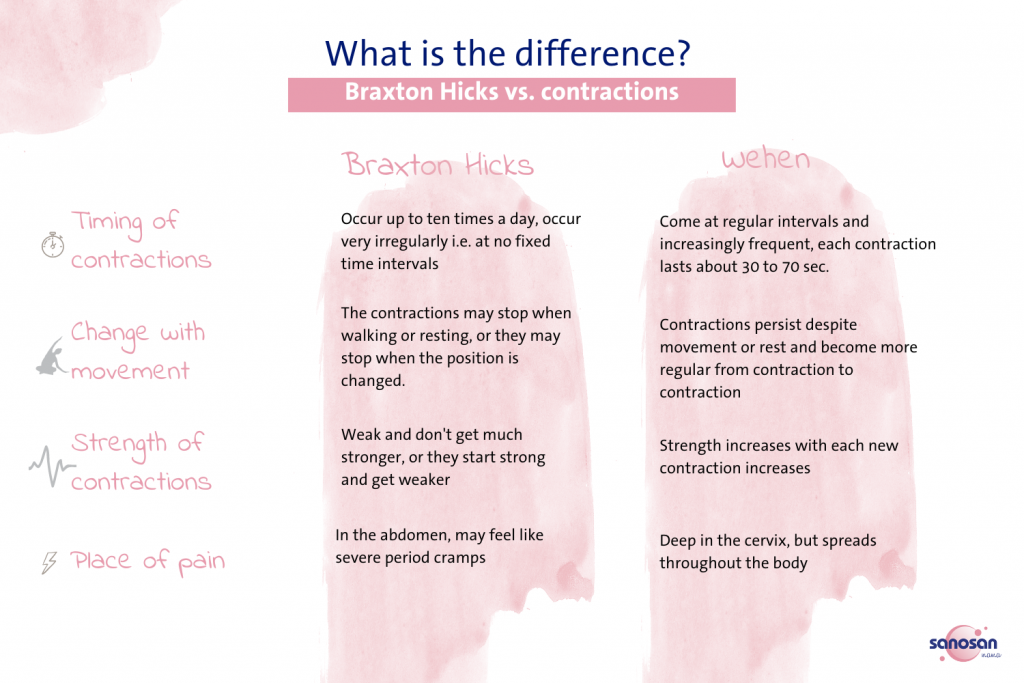
However, like real contractions, Braxton-Hicks contractions can be painful. The following tips can counteract them:
- Heat
- drinking plenty of fluids
- Exercise, but also plenty of rest
Unsure if you are experiencing Braxton-Hicks contractions? Talk to your midwife or gynecologist about this.
The Glucose Test During the Seventh Month of Pregnancy
Between the 24th and 28th week of gestation, the big sugar test is also due. Pregnant women like you are routinely tested for gestational diabetes. In technical terms, this test is called an oral glucose tolerance test (oGTT). As soon as you are due for the sugar test, you will drink a sugar solution. A short time later, your blood glucose level will be determined to check how your body processes the amount of sugar. In principle, this one test is sufficient. If the result of the test exceeds the normal values, a second sugar test will be performed. If the values are too high, you may be advised to pay more attention to the consumption of foods with a high sugar content.
CTG – And What It’s All About
As a pregnant woman, you certainly stumble over the term CTG again and again. In addition to the ultrasound examination, this is another milestone in the monitoring of your pregnancy.
CTG stands for cardiotocograph and is a method to record the fetal heart tones and possibly already existing contractions. As a rule, it is not yet necessary to perform a CTG in the seventh month of pregnancy. However, if you are already experiencing preterm labor or heart sound changes, it is possible that the attending physician may order it early.
The Time Has Come – Your Birth Class Starts
In the seventh month, it is now time to start your childbirth preparation course. A childbirth preparation course can help the pregnant woman and her partner prepare for the baby’s arrival. Especially women expecting a baby for the first time often face the birth with mixed feelings, as you don’t really know what to expect. In a childbirth preparation course, expectant mothers like you get answers to their questions and can exchange ideas with other couples.
But what do you learn in a birthing class?
- Deep breathing and relaxation techniques: They help your body feel better during pregnancy. Proper breathing techniques can also help relieve pain and ease the birthing process. In addition, the relaxation techniques you learn can help you gain strength during childbirth between contractions.
- Gymnastics during pregnancy: This helps you to build up the muscles and body areas that are heavily used during pregnancy. Problems such as back pain are prevented and due to the strengthened muscles, the delivery can be easier.
- Birth details: This is also a part of birth preparation. All aspects of birth, including labor positions and pain relief techniques, are discussed. This often alleviates any concerns you may have about giving birth and boosts your confidence.

It is best to take care of a childbirth preparation course early on, as these courses are in great demand and often fully booked.
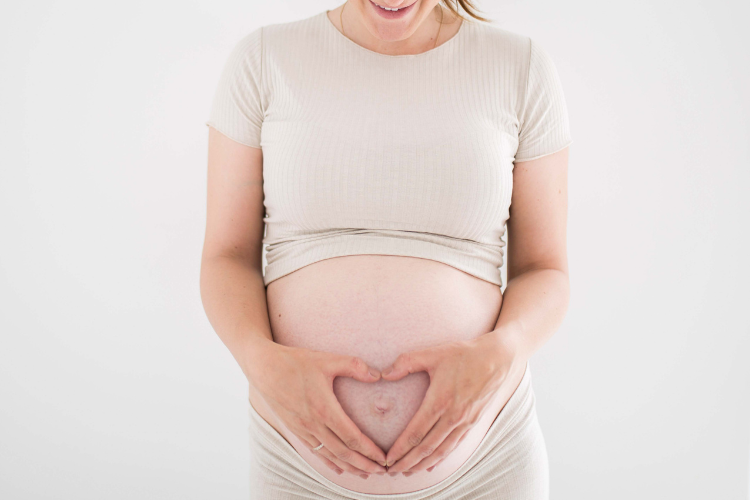
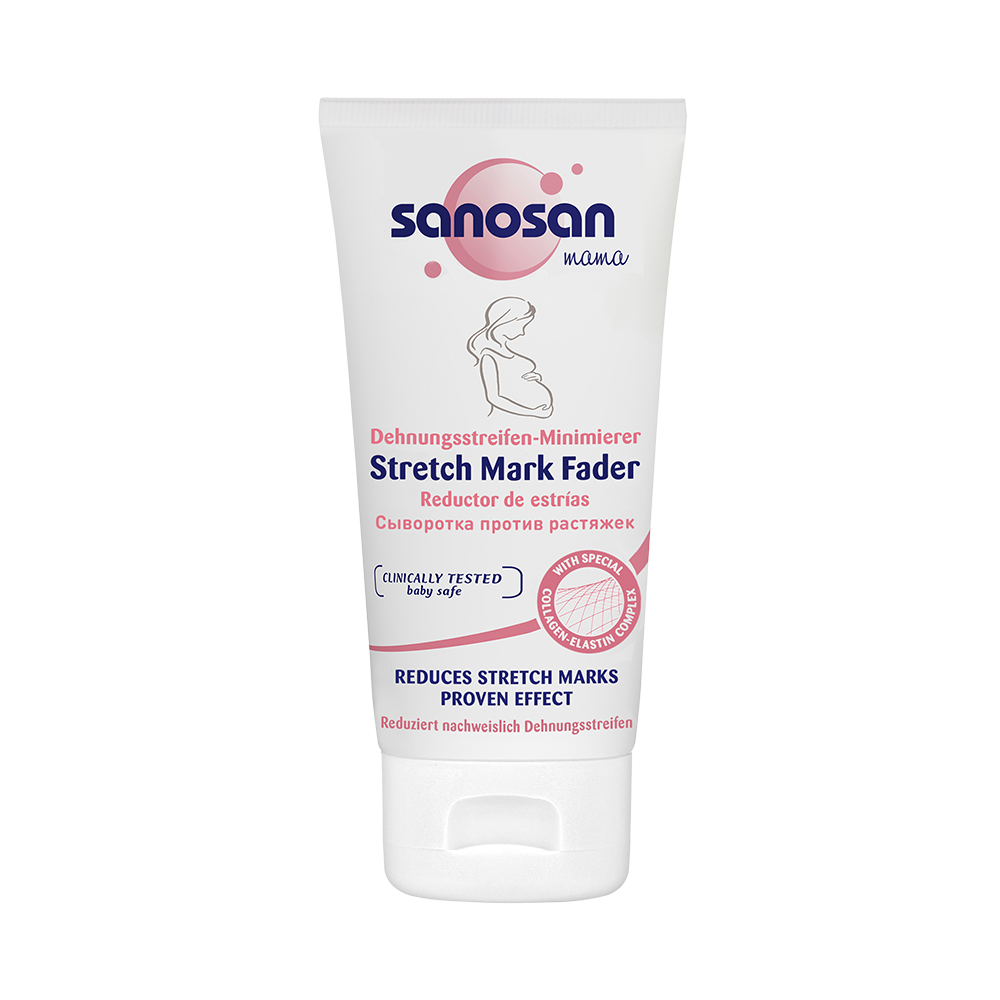
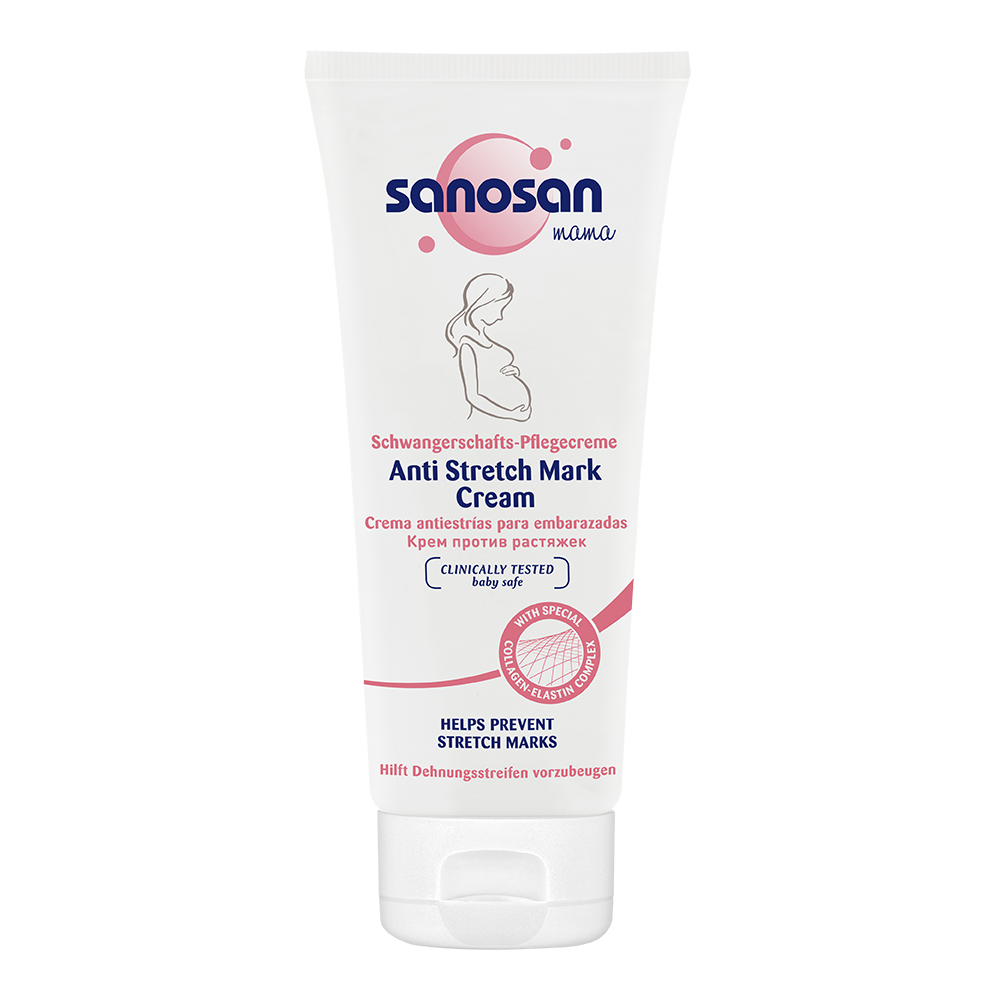

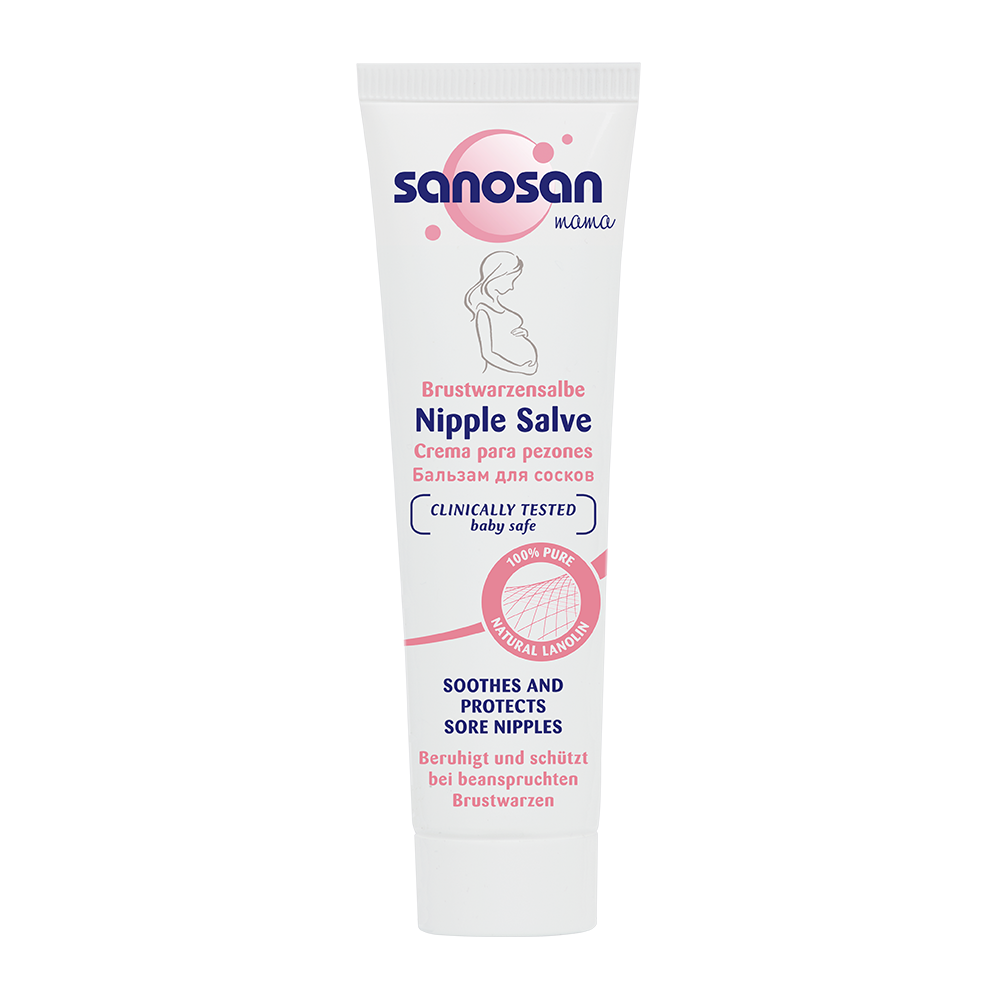
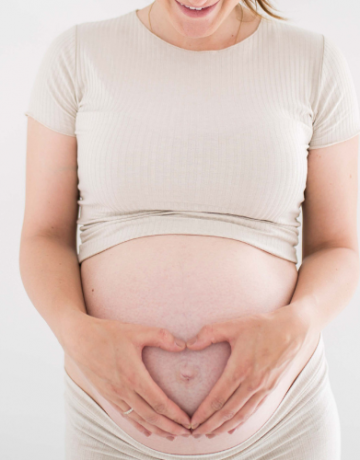

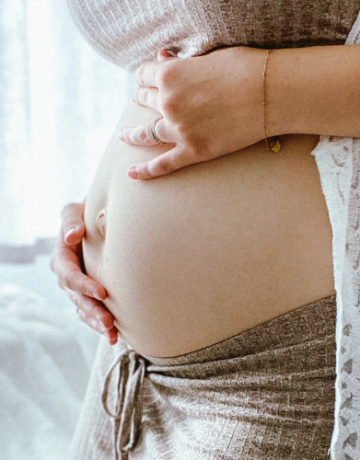
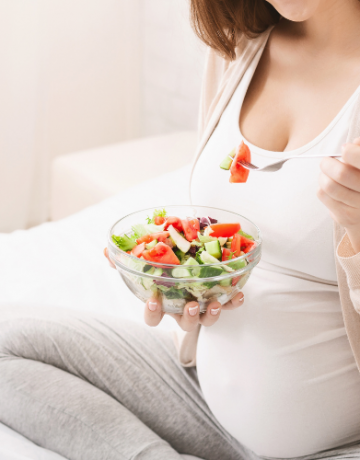

Comments (0)